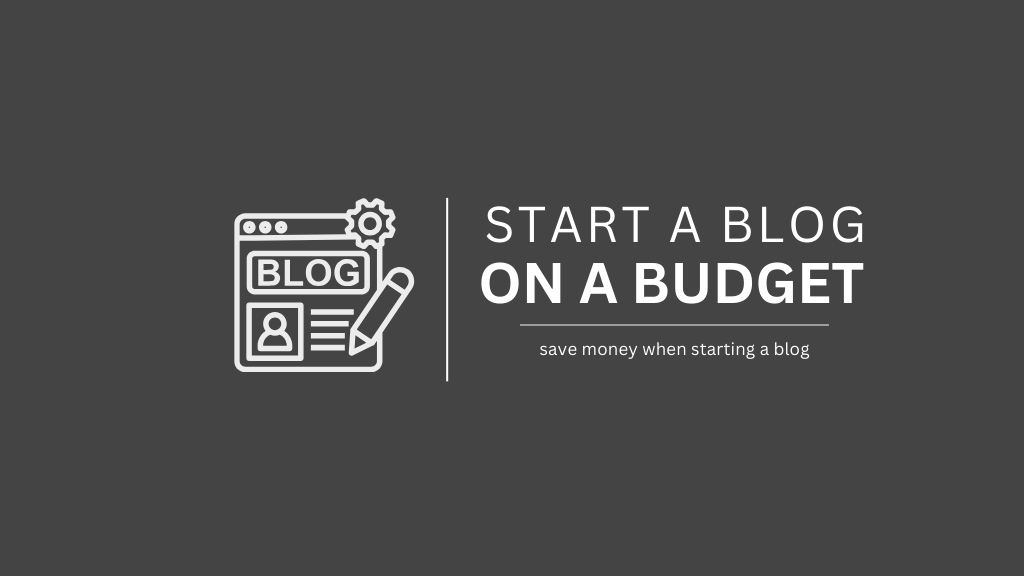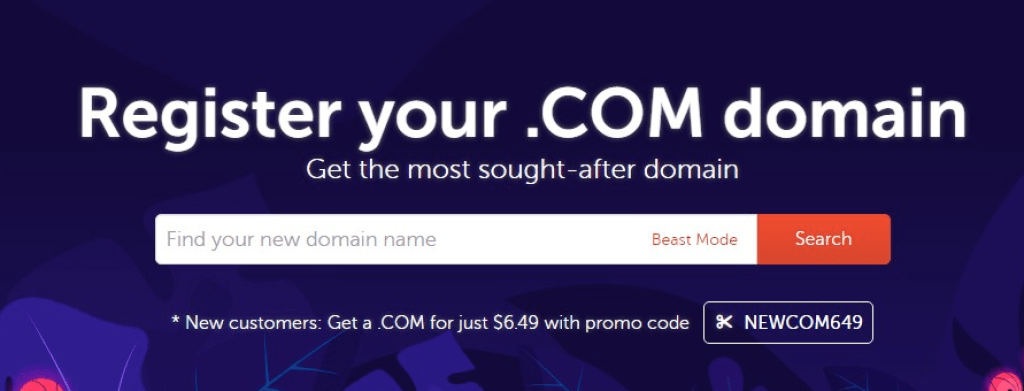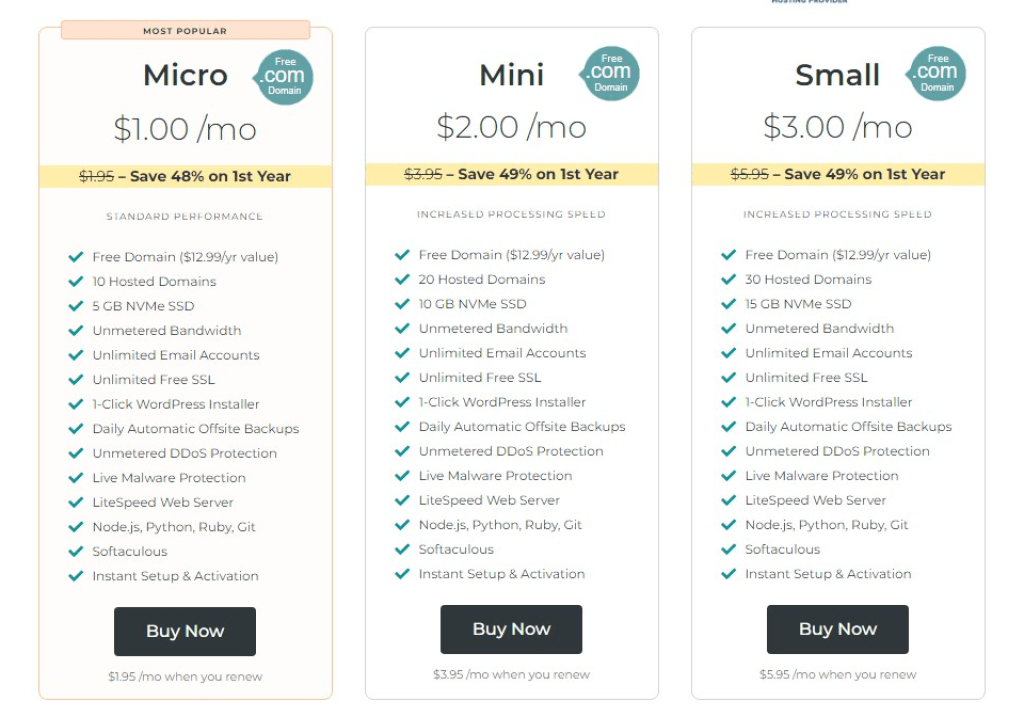
So, you want to start a blog but aren’t ready to invest in expensive blogging tools? Good news—you don’t need to!
With less than $100, you can create a professional-looking blog, grow it, and even start making money with it. I know this because I started this blog, BuiltOnHustle, earlier in 2024 with just $75!
In fact, I only spent $1 per month on hosting with completely free domain name registration, and $59 on premium WordPress themes. Nothing else. If you’re just getting started, let me show you how to do the same.
In this guide, I’ll walk you through the essential steps to get your blog up and running, choose between free and paid platforms, and share some ways to save money on hosting themes, and more.
Ready? Let’s jump in!
Key Takeaways:
- You can start a blog for less than $100 by making smart choices about hosting and domain names.
- Free tools like WordPress, Unsplash, and Canva make it easy to design a great-looking blog.
- Focus on affordable web hosting plans and getting your blog online before spending on extras.
3 Key Things You Need to Start a Blog
There are quite an enormous number of bogging tools out there, but frankly speaking, starting a blog as a beginner doesn’t require most of these tools. You can keep it simple and still get a great blog up and running.
In short, there are only three mandatory things you will need to start a blog:
- Blogging Platform
- Domain Name
- web Hosting
Let’s break them down a bit…
1. Blogging Platform
Your blogging platform is simply the foundation of your blog, where you’ll write, edit, and manage everything.
Now, there are plenty of platforms out there, but the one that I recommend hands down is WordPress.org. Not to be confused with WordPress.com (which is more of a beginner-friendly, limited version), WordPress.org gives you complete control over your blog.
I personally chose WordPress.org because it’s entirely free to install, and it’s open-source, which means there’s a massive community of developers constantly working on improving it and creating new plugins.
Did you read the part that says “It’s free?”
Yes, it is completely free. The only thing you need is a hosting provider (I will show you how to get one for just $1 per month.)
With WordPress, you can customize almost every detail of your site. using plugins even adds more flexibility that makes WordPress the most popular blogging platform in the world, powering over 43.5% of all websites.
And don’t worry—it might sound technical, but WordPress is designed to be user-friendly, even for beginners.
The hosting plan I am using allows one-click installation. which means you don’t need to set it up manually. Just install, and start writing!

2. Domain Name
A domain name is what people type into their browsers to find your blog on the internet.
For example, my blog’s domain is BuiltOnHustle.com. Your domain name is a big part of your blog’s identity, so you want to pick something memorable, relevant to your niche, and easy to spell.
Now, here’s the good news: domain names aren’t expensive. In fact, you can snag one for as little as $6.49 (promo price) for the first year on platforms like Namecheap. but for the sake of this guide, we will be getting it for FREE with a $1 web hosting I will mention later!

But, if you want to separate your domain registration from your web hosting provider (a good idea for better control), you’ll find Namecheap to be an affordable and reliable option.
When choosing your domain name, try to go for a .com address since it’s the most recognizable and trusted domain extension. Also, avoid complex words or numbers in your domain as they can make it harder for visitors to find your site.
Once you’ve locked in your domain name, it’s yours for as long as you keep renewing it.
3. Web Hosting
Every time someone visits your blog, they’re accessing files that live on a server. Your hosting company provides the server space and ensures that your site is available to visitors 24/7.
Web hosting is where most people spend a lot of money when starting a blog. And it is understandable. The speed and reliability of your hosting provider are crucial, especially if you plan to grow your blog and attract more visitors.
Luckily, you don’t have to spend a fortune on hosting because you can get it for almost free. Hostinger, for example, offers plans starting as low as $2.99 per month. This includes features like a free SSL certificate (which makes your site more secure), unlimited bandwidth, and 99.9% uptime.
Hostinger is a great choice for beginners because it’s budget-friendly without skimping on quality. You can scale up as your blog grows, but for now, the basic plan is more than enough to get you started.
But even $2.99 is still expensive for some people, that’s why I researched and discovered OrangeHost.
As of now, Orangehost is offering a hosting solution for just $1 per month for newcomers!

Check here if this deal is still active. In case you are reading this when this deal is gone, I promise, it was active and I’ve been using it for my clients.
It even came with a free domain registration and a lot of features to get your blog running.
Free vs. paid Blogging Platforms
You might be wondering—why not just start with a free blogging platform?
Well, in this case, free platforms refer to hosted blogging platforms like Blogger or WordPress.com which are great for hobby bloggers but limited in capabilities. Paid platforms (even though they are equally free) are those that you need to install on a server (which is not free).
To reach your goal in blogging, you might need to avoid free platforms and free hosts by all means because they’re limited in terms of customization, and you don’t truly “own” your blog.
A third party control your content and can place ads on your site that you don’t make any money from.
On a self-hosted WordPress site, you have full control. You get to decide what your blog looks like, what features it has, and you keep 100% of the ad revenue or affiliate income.
How to Choose a Free Blogging Platform
That said, free platforms do have their place, especially if you’re just dipping your toes in the blogging pool. If you’re looking for a no-cost way to start blogging, here are a couple of solid options:
- Blogger: This is a simple, easy-to-use platform owned by Google. While it’s not super customizable, it’s great for casual bloggers who just want to write.
- WordPress.com: This is the “lite” version of WordPress.org. You can start blogging for free, but there are limits on what you can do unless you upgrade to a paid plan.
Remember, these options are good for starters, but they won’t give you the flexibility to grow and monetize like a self-hosted site would.
I would not recommend any hosted free blogging platform, so don’t even expect me to ask you to choose one.
The only free platform I recommend is WordPress.org alongside cheap hosting like OranngeHost which costs only $1 per month.
Should You Register a Domain Separately?
A lot of bloggers believe that domain names should be bought together with a web host, which is particularly true if you are looking for a way to save money. That is why hosting companies offer a free domain for the first year.
But should you really take that offer?
Now, I must be honest. It’s often better to register your domain separately and update your nameservers. The reason is that having all your domains in one registrar lets you manage them easily. Plus, if you ever decide to switch hosting companies, moving your domain is a whole lot easier when it’s registered independently.
If you are concerned about the cost, sites like Namecheap offer domain name registration for as little as $6.49 a year, and it gives you more control.
But for the sake of this guide, let’s pretend we don’t need to register domain names separately. After all, we are looking for ways to save costs.
How to Find Affordable Web Hosting Options
Web hosting can either be super affordable or ridiculously expensive, depending on where you look. But for beginner bloggers, there are plenty of budget-friendly options that give you everything you need.
While OrangeHost is cheap at $1 per month, there are other hosting providers that are incredibly affordable:
- Hostinger: Starting at just $2.99 a month, this is one of the cheapest and most reliable hosting companies out there. It’s the one I use for BuiltOnHustle, and I’ve never had an issue.
- N6 Cloud: Their basic plan starts at $2.24 a month, and they offer a free domain for the first year, which can save you even more money.
- Namecheap: Known for its cheap domains, Namecheap also offers hosting plans starting at $1.58 a month. It’s a great option if you’re really watching your budget.
Just keep in mind that some of these low prices are introductory offers, so they may go up after your first year. Even so, they’re an excellent way to get started without spending too much.
You can even search for coupon codes to get even more discounts on hosting.
How to Find Cheap (or Free) Themes for Your Blog
Remember I mentioned that I started this blog with just $75. I spent $12 per year on hosting and domain, then $59 in WordPress theme. The theme I’m using is REHub theme by Sizam.
But you can equally use a free WordPress theme on your blog and test your design skills in customizing it.
The only issue is that your blog will look pretty much the same with hundreds of blog already using the same theme.
You can find these free themes from the WordPress theme directory. some of the best free themes include:
- Kadence: Lightweight, fast, and customizable. Perfect for beginners who don’t want to mess with code.
- Astra: One of the most popular free themes, it’s easy to use and works great with page builders like Elementor.
- GeneratePress: Another lightweight theme that’s highly customizable and SEO-friendly.
If you want to splurge, you can always grab a premium theme from ThemeForest, just like I did for around $59. But for beginners, the free options are more than enough to get started.
How to Get Access to Free Stock Images and Graphics
Another area of blogging where you are expected to spend money is in graphics design.
Every good blog needs visuals, but buying stock images or hiring a graphic designer can get pricey. And using free stock photos, in most cases doesn’t make sense.
So, how can you save money here?
There are tons of websites that offer free, high-quality images, but you don’t want to use the same image everyone else is using, right? There’s a way to go about it.
Canva has a free version that lets you design your own graphics. It’s super easy to use, and you don’t need any design skills.
Just import a template, and edit it to your taste.
How to Promote Your Blog Without Paying for It
Once your blog is up, the next step is getting people to actually visit it. As a beginner, you don’t need to spend money on ads to promote your blog. Instead, you should spend time promoting it for free.
While paid promotions are often the easiest way to get along, free methods produce the best results. And here are te best ways to promote your blog for free:
- Social Media: Share your posts on Instagram, Twitter, and Facebook. Engage with other bloggers and join online communities.
- Guest Posting: Reach out to other bloggers in your niche and offer to write a guest post. This gets your name out there and can drive traffic back to your site.
- SEO (Search Engine Optimization): This sounds complicated, but it’s just about using the right words in your blog posts to help them show up on Google. A simple keyword research tool like Ubersuggest can help you find popular keywords to include in your posts (It is free).
Wrapping it up
Starting a blog doesn’t need to cost an arm and a leg. With smart choices about platforms, hosting, and free tools, you can get your blog up and running for under $100. It might take a bit of research, but the payoff is worth it when you see your ideas come to life online.
Just remember to focus on what matters: delivering value to your readers, and building a community around your blog. Happy blogging!
How much did you spend when starting your blog? Let me know in the comment section.






![How to Start a Blog: The Ultimate Beginner’s Guide [Updated]](https://builtonhustle.com/wp-content/uploads/2024/12/start-a-blog-336x220.png)
